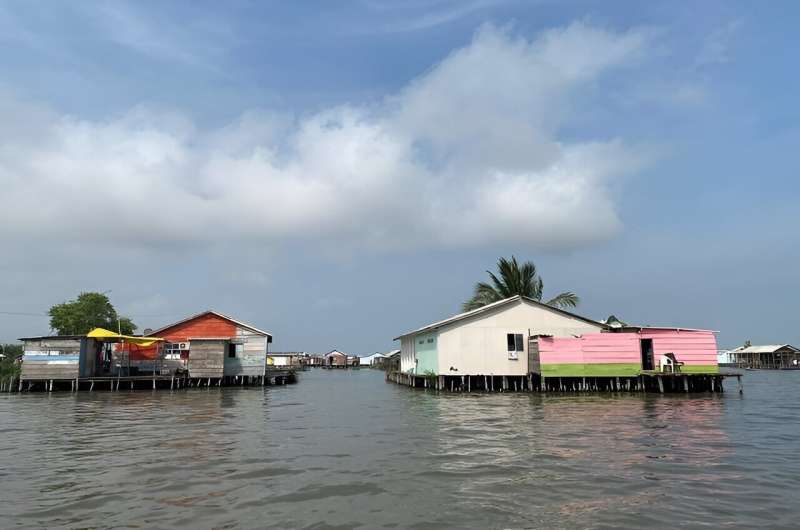A study led by researchers from the University of Barcelona and the Marine and Coastal Research Institute (INVEMAR) in Colombia reveals the alarming presence of potentially pathogenic bacteria in microplastics extracted from Colombia’s largest coastal lagoon. These bacteria, along with microplastics found in fish consumed by locals, pose a significant risk to the ecosystem and human health. The study, published in the Journal of Hazardous Materials, highlights the urgent need for integrated environmental management and public health strategies to combat this growing threat.

What are the implications on environment of bacterial contamination and microplastics?
The high levels of bacterial contamination and microplastic pollution of the lagoon (which is both a Ramsar wetland of international importance and a UNESCO Biosphere Reserve), illustrates how this region, like many others worldwide, pays a toll for environmental damage. Pathogenic bacteria were also found in microplastics, organisms that can cause gastroenteritis or infections. The contamination of water by these pollutants also affects the habitat and fishery products and threatens the food security of communities living in this region. The presence of virulence genes in these bacteria may imply the potential for disease outbreaks among fish and humans, highlighting the necessity to adopt pre-emptive steps to tackle this environmental threat as well as its health hazards.
Coastal Lagoons in the Face of Microplastic Pollution
Shallow coastal lagoons such as the Ciénaga Grande de Santa Marta are highly vulnerable to microplastic pollution because they have little water circulation. The inflowing of contaminants from rivers and sewage outfalls creates a habitat appropriate for plastic storage and the spread of possibly pathogenic bacteria. Their buoyant quality efficient in supporting bacterial growth all along the ecosystem from waters to humans. To mitigate the risks of microplastic pollution in these vulnerable ecosystems, an Early Warning System should be developed with a focus on strengthening governance.
Addressing the Crisis: Sustainable Solutions
The results of the study show that we must act more quickly to save Colombia’s coastal wetlands and their dependent communities. It requires a combination of integrated environmental management and public health strategies to preserve the ecosystem and protect local populations from harmful effects. Researchers studying the environmental risks of soil bioremediation by bacteria and microplastics in the Ciénaga Grande de Santa Marta seek to develop scalable solutions that are applicable in other coastal lagoons around the world. This kind of collaborative effort is essential to the health and survival of these vulnerable ecosystems so that they can be enjoyed by future generations.
